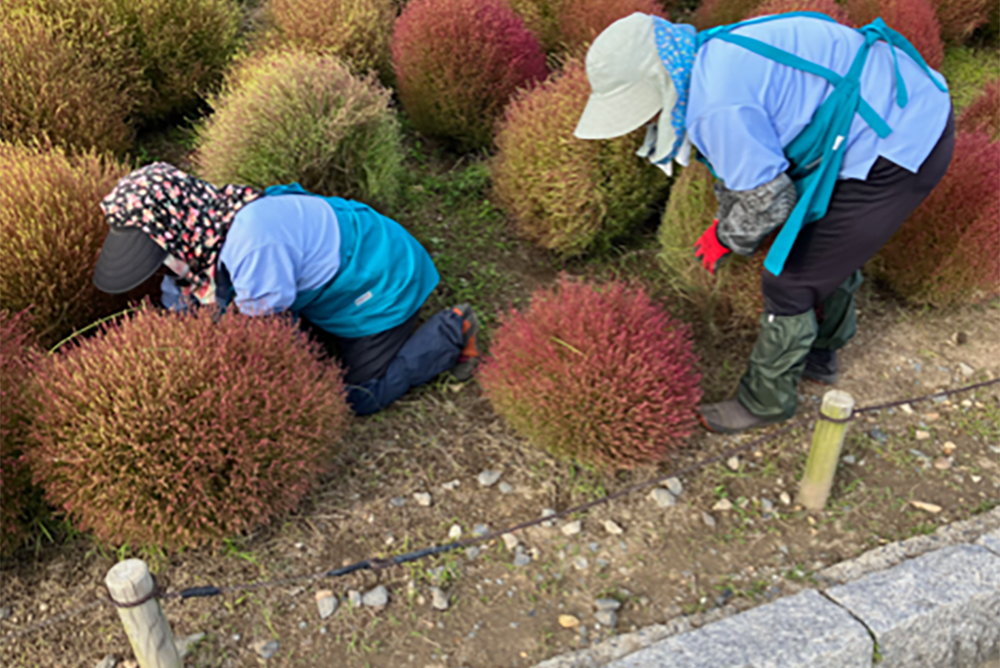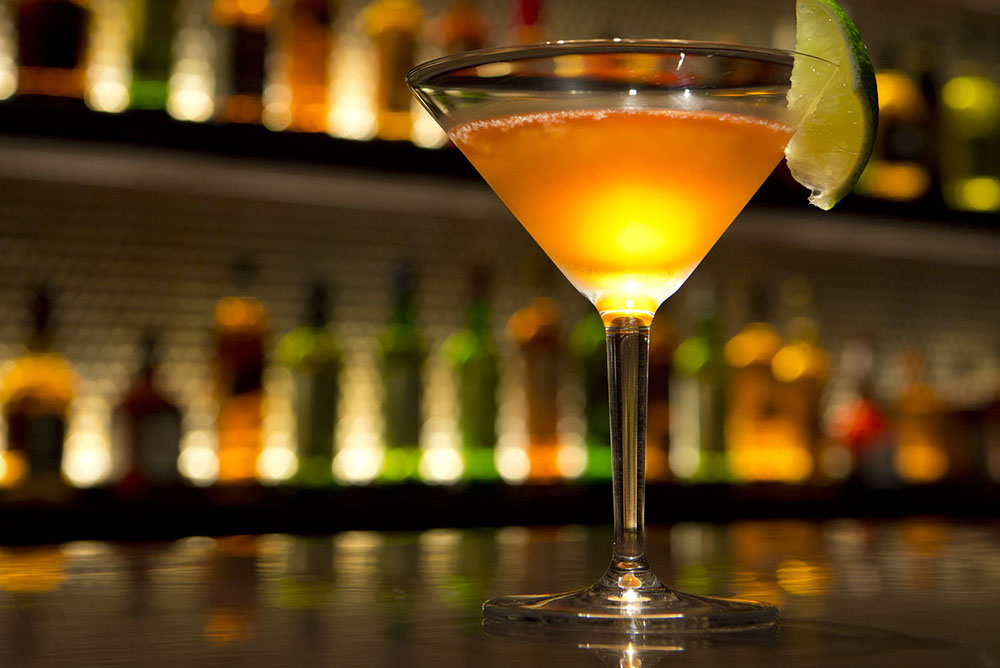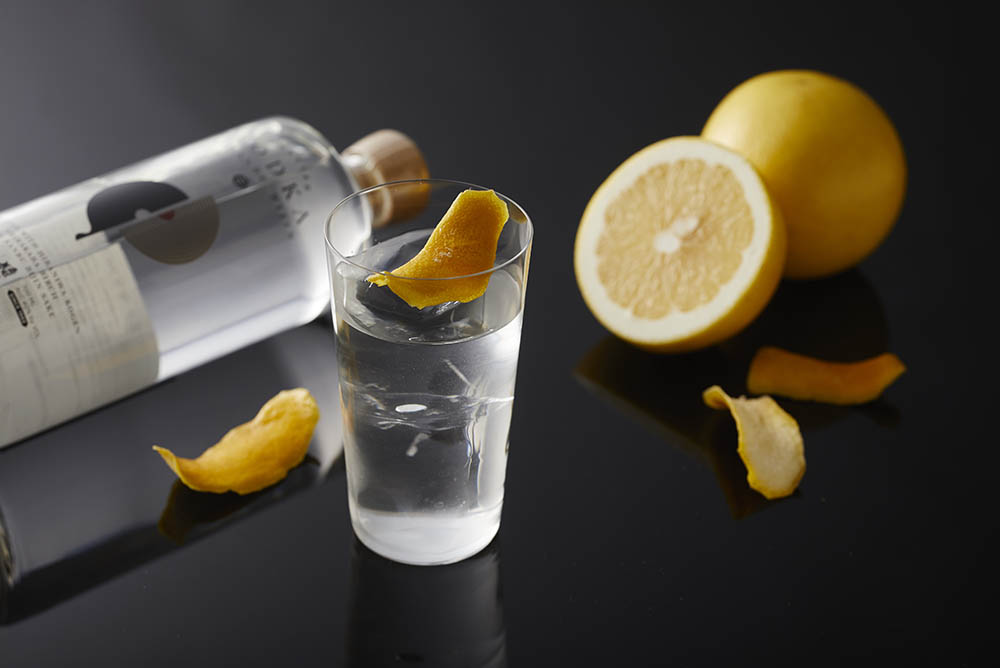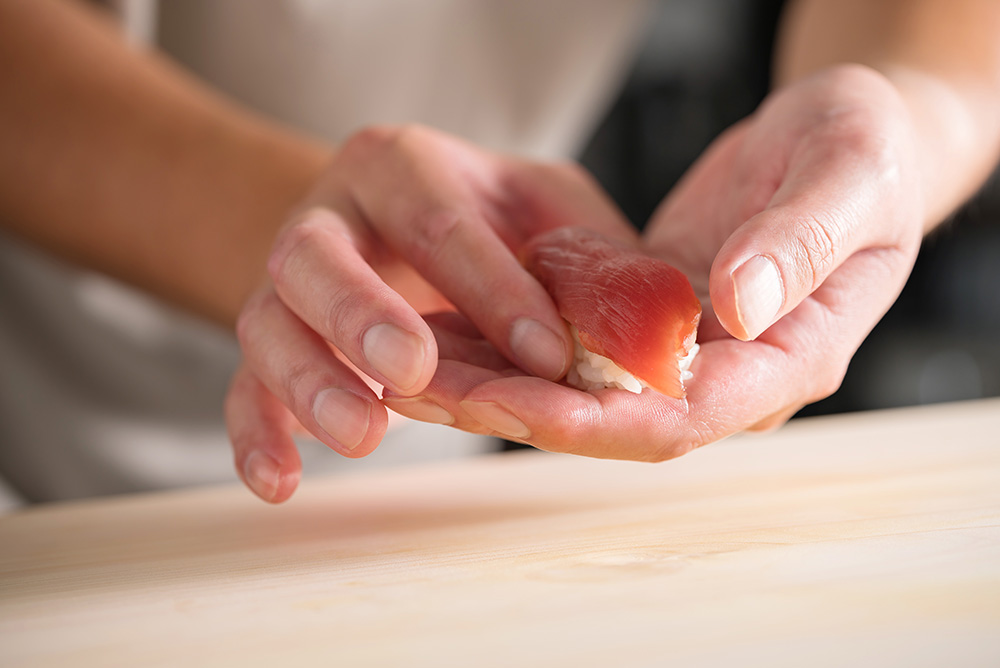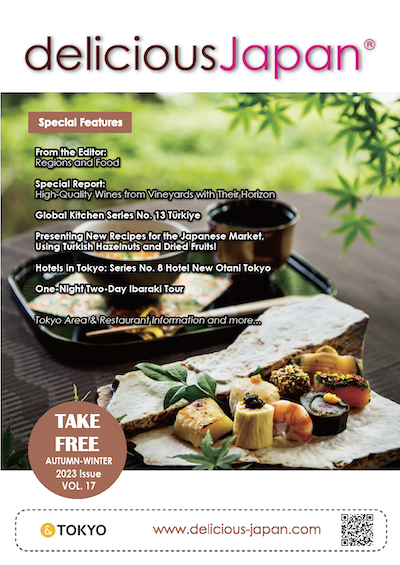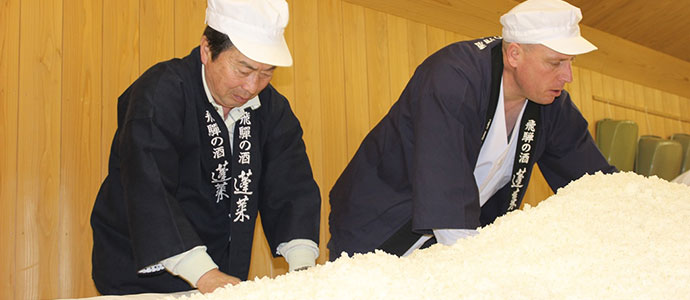
Darryl Cody Brailsford: The Story of the First American "Kurabito" at Watanabe Sake Brewery
Q: Can you, first of all, introduce yourself?
My name is Darryl Cody Brailsford. I have always been fascinated with Japanese culture, and its traditions of making Japanese Sake. However, I thought that I would never place myself intertwined in the production, let alone selling the sake we make outside Japan. I consider it a dream that has bloomed into reality. My first acquaints with Japanese Sake was overwhelmingly shocking because what imagined of the taste versus what I actually tasted was entirely different. I was blown away with its abundant flavor and drinkability, yet eager to uncover its differences. I wanted to find out more about Japanese sake with the possibilities to even make it if given the opportunity. It was a dream come true.
In my first year at Watanabe Sake Brewery, I spent a lot of time trying to adjust to the working environment, from understanding the terminology associated with the different tools that we use on a daily basis to understanding the dialect of my coworkers which seemed to be my continual struggle. There seemed to be a lot of adjustment other than just working in the brewery and making sake. My first year definitely challenged me not only mentally but physically as well. However, my determination to learn the skills as well as to communicate with my colleagues was much stronger than the downfalls of being a foreigner and not knowing anything about making Japanese sake. Despite the challenges I faced, I had to move forward being open minded so that I could overcome the biggest obstacles that were yet to begin.
Through my journey in the brewery, I have been molded by the makers hand, and have learned that this rich history of making sake isn’t just one person’s efforts but a team of dedicated individuals that collaborate their skills to perfect one product. I have learned it is a testimony and harmony of the brew masters that encapsulates the essence behind each bottle. One of my mentors mentioned it takes ten years to learn the basics of making Japanese sake and twenty years to know what you're actually doing.
Q2: What does your day at work look like? What is your current position?
My work starts every morning at 5:00am, and consist of multiple duties such as, assisting in the kojimuro (koji-making room), preparing the koshiki (rice-steamer) for steaming and logging analytical information on the moromi (sake mash) status, and pressing the moromi. I do a little bit of everything.
Q3: What is the most important point about making sake?
Being passionate about your work, it definitely reflects on the product. Having fun while making Japanese Sake because the work is strenuous, long-hours, plus it is a very physical job.
Q4: What are the most exciting and difficult things about making sake?
You have to train your body to wake up early, plus work long hours practically without a day-off for months during the busy season. The most challenging area would be that the challenges are different on a yearly basis, so it make you feel that you are back in elementary school on a yearly basis. But it is very rewarding and educational at the same time.
Q5: Last year, there were 2.8 million foreign visitors to Japan. I’m sure many of them had their first sake experience during their stay in Japan. What do you recommend to beginners?
Trying new types of Japanese Sake with different cuisines. Not being afraid of trying something new and having an open-minded perspective.
Q6: What kind of food is best with sake if you are eating at a casual diner in Japan?
Katsuo no tataki (seared bonito) and miso dishes. I really like the traditional food here in the Hida region like Tsukemono Steak, Hoba Miso with green onion. These types of dishes match well with Hourai Sake.
Q7: I've heard that your dream is to have the US president try Japanese sake.
It is definitely my dream. Last November, I wrote a letter to the Prime Minister of Japan, asking for his assistance. I know that the current President of the United States does not consume alcoholic beverages, but as the first American Kurabito working for a traditional Japanese Sake brewery, I want to become the link between both cultures. It is also my dream to be invited on Good Morning American and talk about my experiences here at Watanabe Sake Brewery and spread the word about Hourai Sake.
Q8: Tell us about your approach to the US market.
I thought the best way of presenting our product is to show our character as a brewery creating a line-up of products in an American fashion. In addition, I wanted to create labels that are different and fun. At the same time, I wanted to create my own signature label that shows my character and dream.I believe Japanese sake also goes very well with other foods. It has always been my goal to have my own signature sake service in a 5-starred restaurant in San Francisco where I finished my graduate studies. It’s my goal to have it served at Gary Danko, The House, and Alexander’s steakhouse. I feel it’s a BIG dream but I don’t think it’s impossible. I am determined to make this step with everybody’s support. It’s my dream I cannot give up so easily, especially when it comes to something I feel so passionate about.

